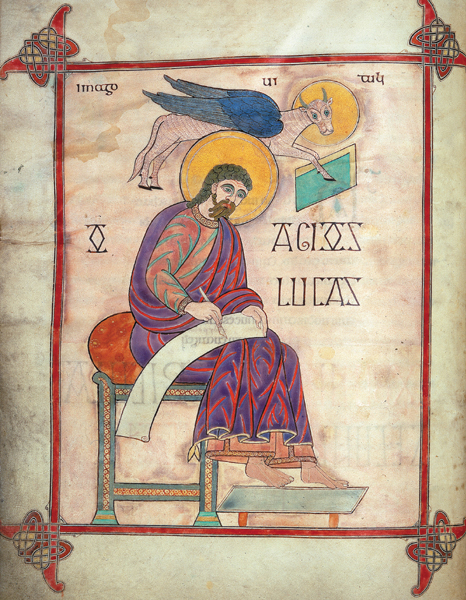
The answer seems obvious: a man named Luke, of course. But do we really know this, and, if so, how? The gospel itself never reveals the author’s name. The title “The Gospel According to Luke”—printed in virtually every Christian Bible today—is late: We have no evidence that it appeared on the earliest versions of the gospel.
Over the centuries, numerous traditions have evolved around this somewhat shadowy evangelist: Luke is credited with writing not only his gospel but the New Testament Book of Acts as well. He was, according to tradition, a physician and a friend of Paul’s, and he is described as a gentile writing for a gentile audience. The textual evidence suggests that these stories are very early, dating to the first and second century. By the fourth century, these traditions were well enough established to be summarized by the historian Eusebius and the church father Jerome (see the second sidebar to this article). Still later, Luke was depicted as a portrait painter whose most famous subject was the Virgin Mary herself. These traditions—with further embellishments—continued throughout the Middle Ages.
But how have these traditions withstood both the test of time and the critical eye of modern biblical scholarship? In the opening lines of his gospel, Luke offers his own explanation of why he began to write:
Already a library member? Log in here.
Institution user? Log in with your IP address.

